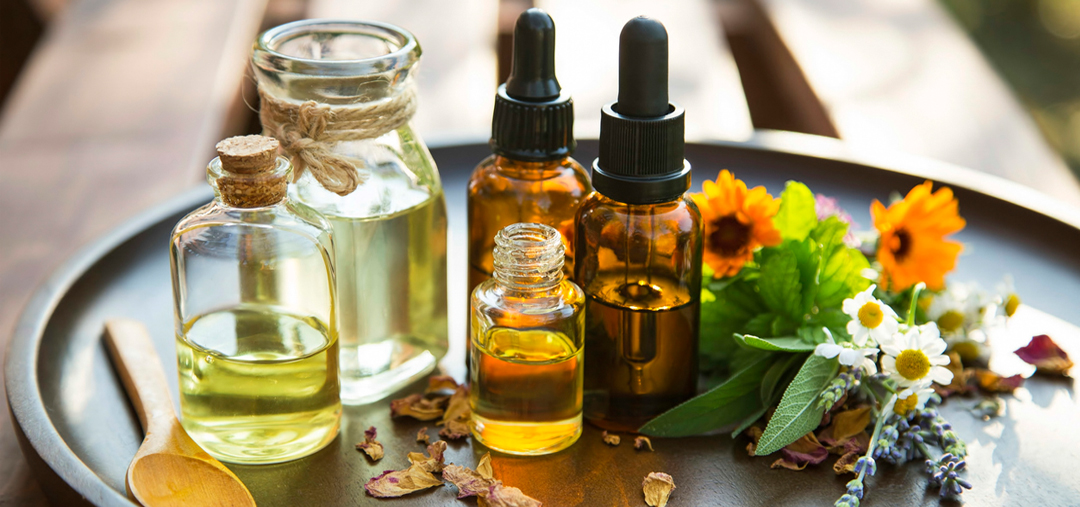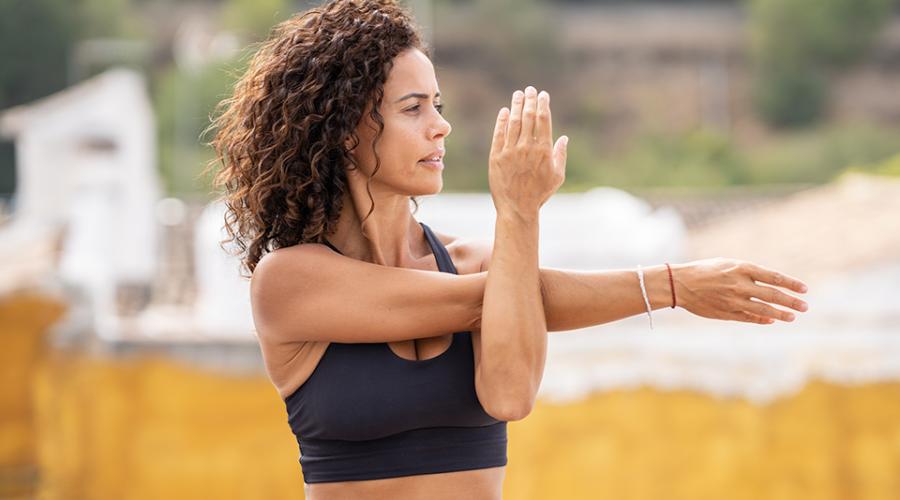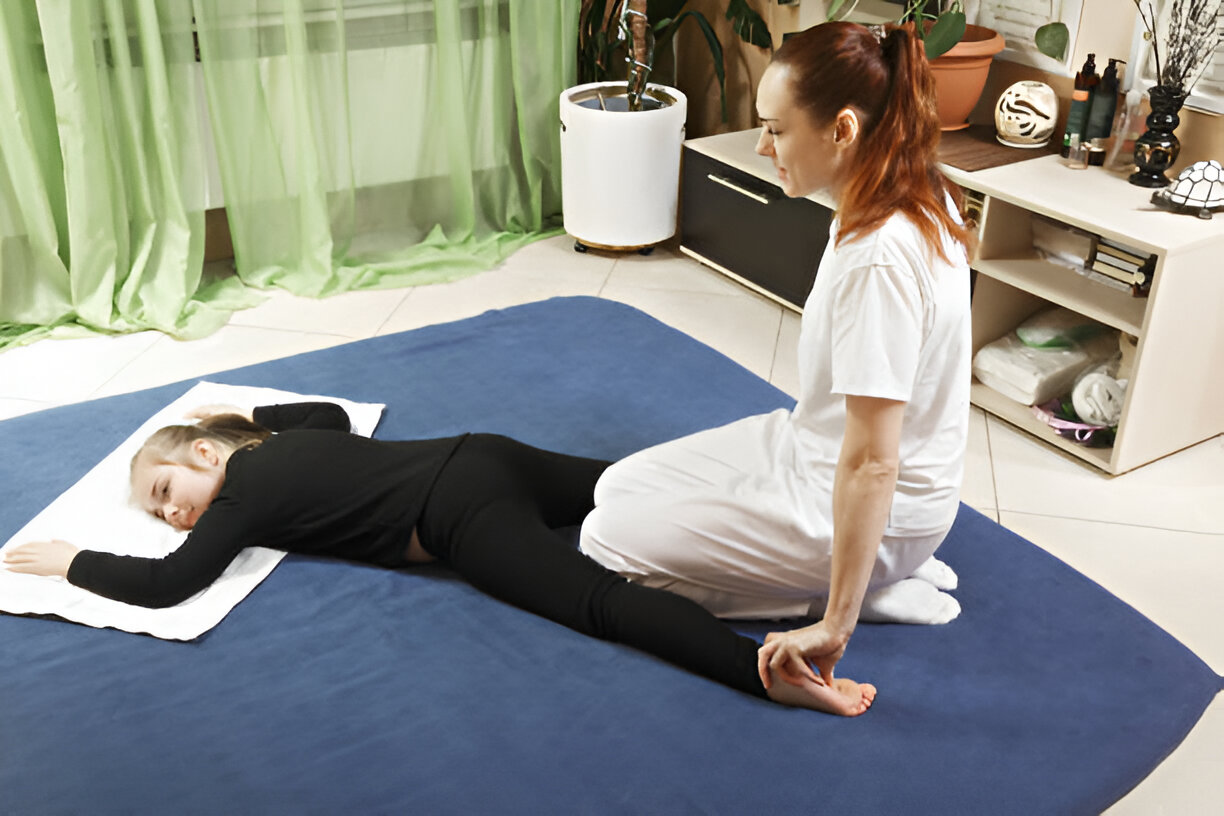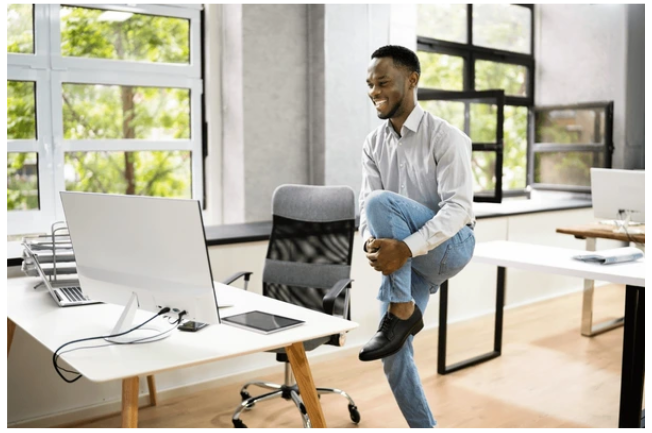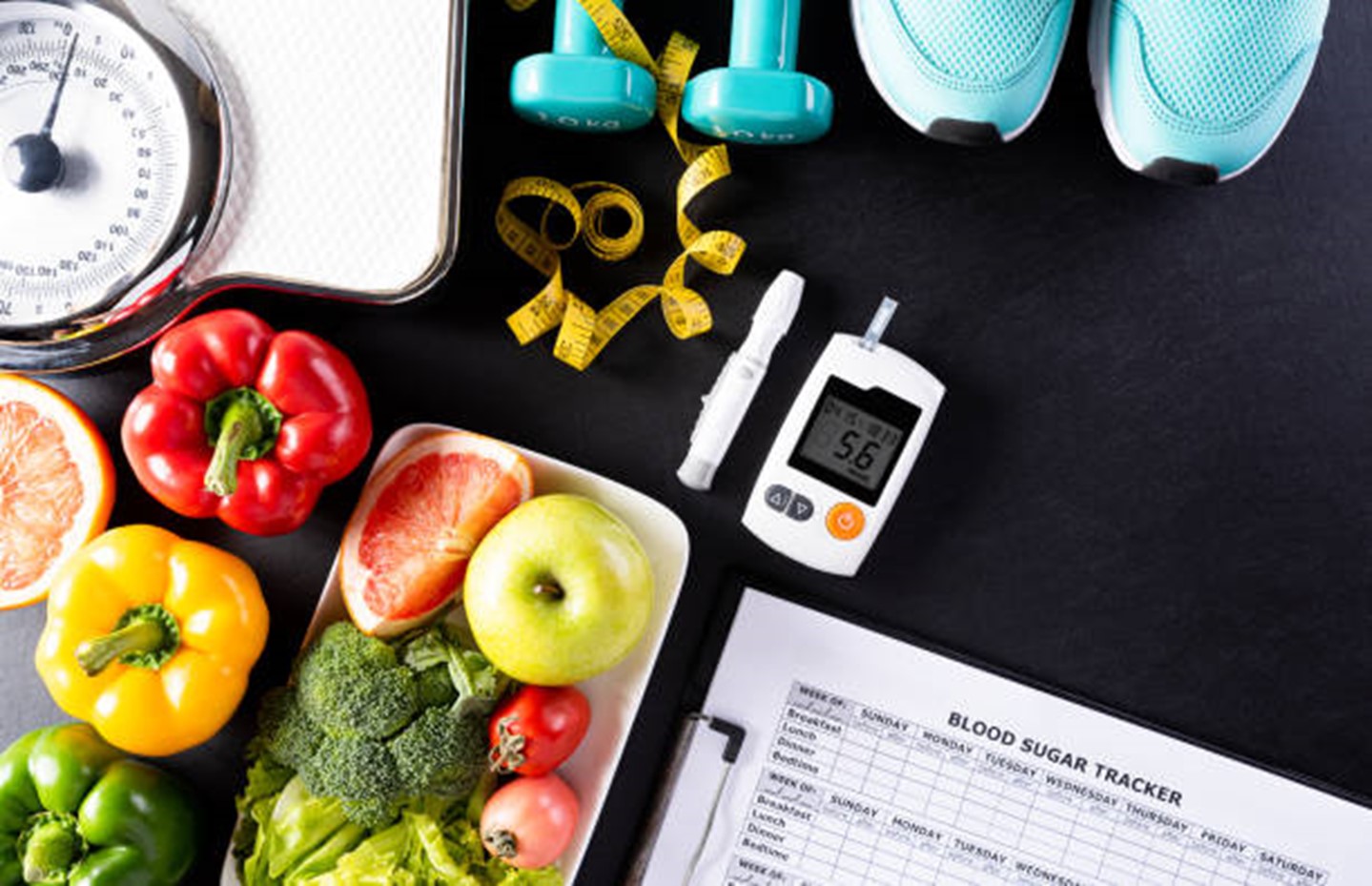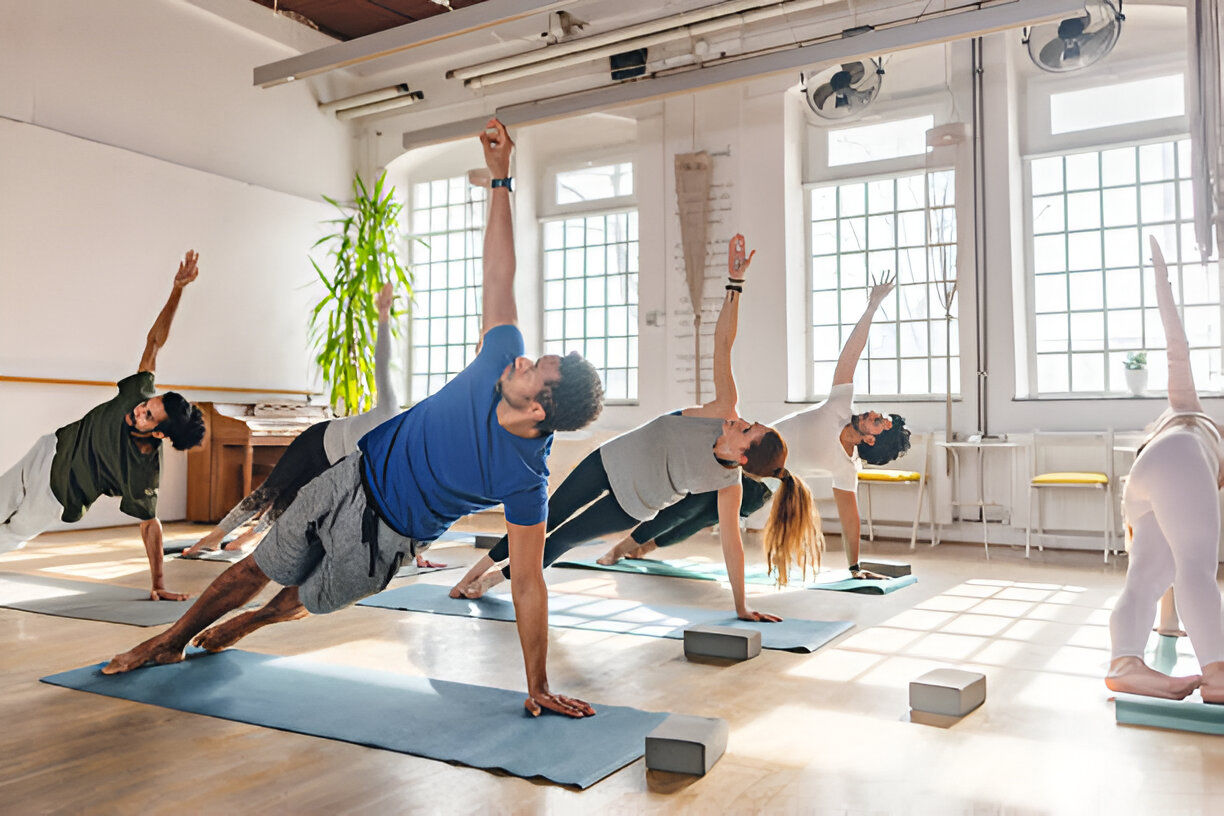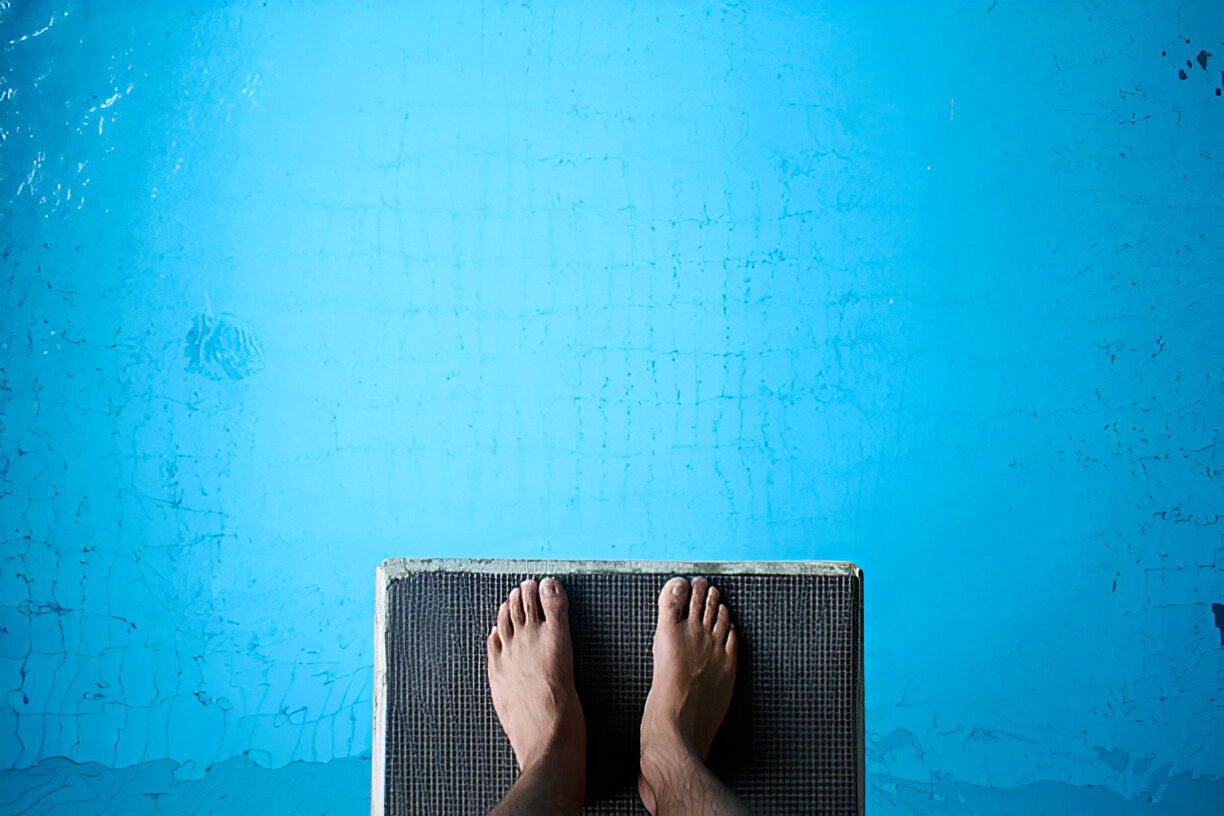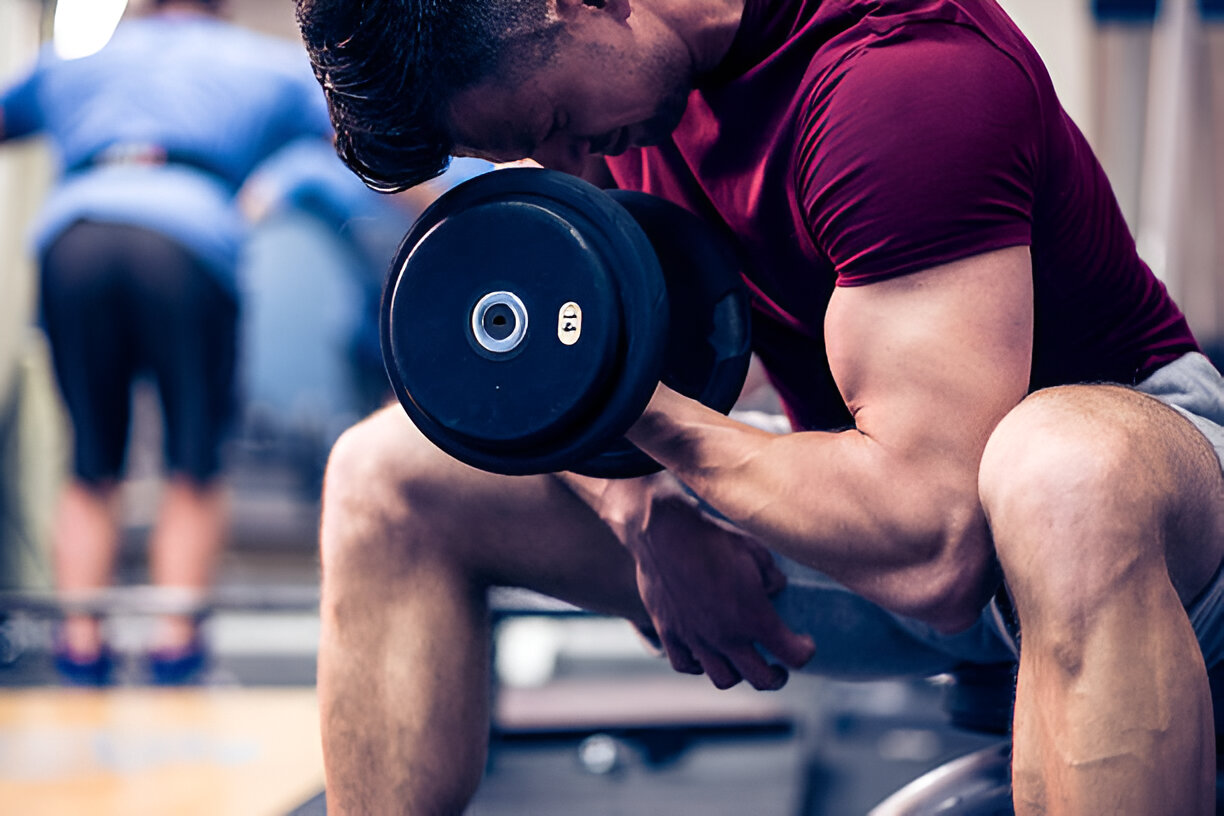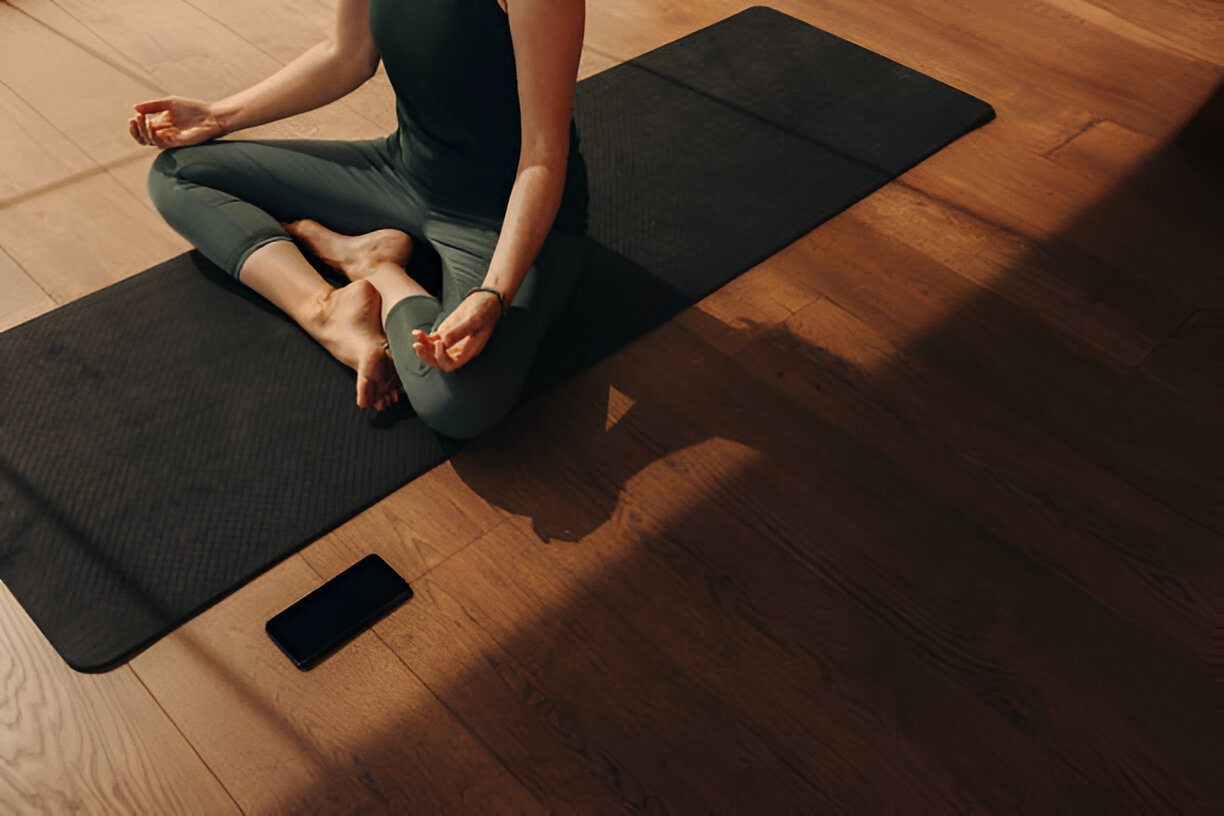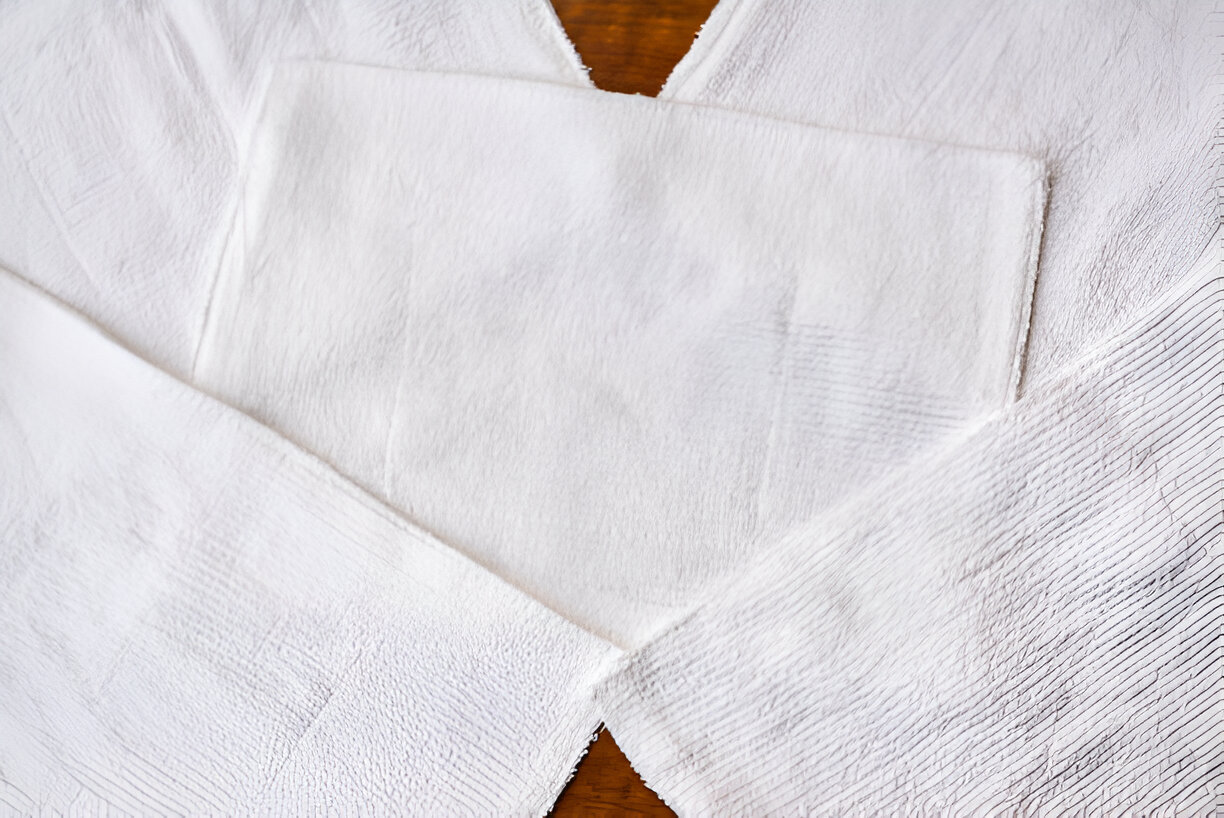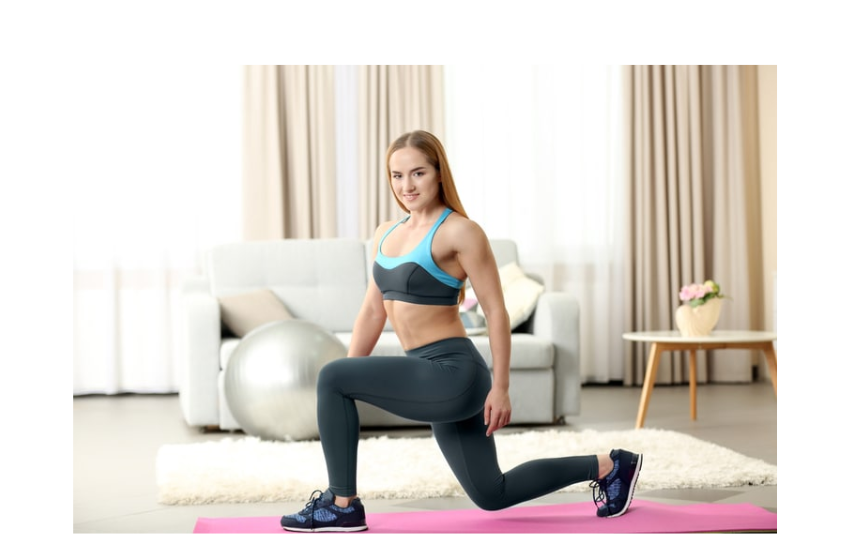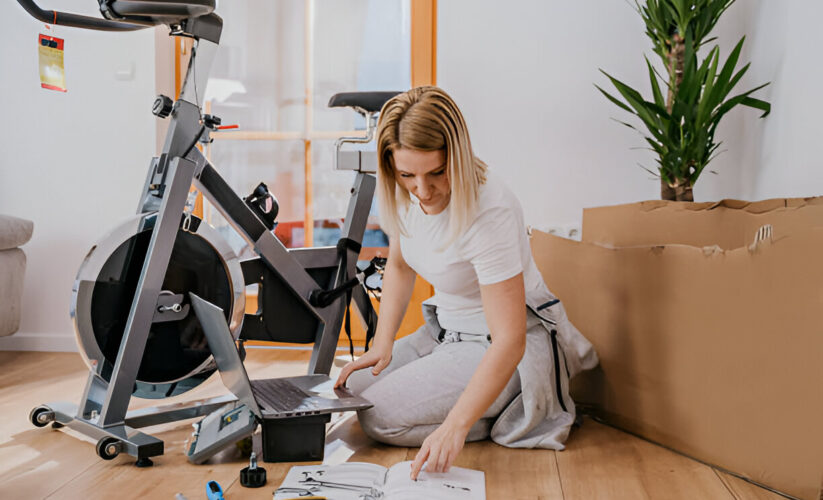

Biking is more than just a great low-impact exercise — it’s a truly efficient use of time, because you can get your exercise while you’re getting to your destination. And if that isn’t enough to get you to break out the old two-wheeler, consider this: Just three hours of biking per week can reduce your risk of heart disease and stroke by 50 percent.
Get your bike ready for spring with these tips from
Bike New York
education operations director Emilia Crotty.
Selecting the Right Bike
The type of bike you ride depends on how you intend to use the bicycle. If you are planning to ride your bicycle on a long commute, avoid heavy models, like a mountain bike, that can make long distances tiresome. If you are uncomfortable with street traffic, a road bike with drop handlebars can help you maneuver with ease.
Basic Safety Check
Before hopping on an old bike that’s been stored away for the winter, perform an ABC quick check.
A Is for Air
If your tires aren’t full, biking is more difficult. On the side wall of each tire you’ll find a number that tells you how much air your tire needs. Use a tire pump to make sure the pressure is within that range, and add or release air as needed. If you have a bike pump with a gauge, you can see how much air you are adding; if your pump does not have a gauge, fill the tire until it is rock hard.
B Is for Brakes
Squeeze your brake lever. You should be able to fit your thumb in between the brake lever and the handlebar. If the brake touches the handlebars, it needs to be adjusted and tightened. Take your bike into a bike shop for a quick adjustment.
C Is for Chain
Make sure your bicycle chain is lubed up and working efficiently. To lubricate the chain, rotate the pedal and squeeze lube onto the chain as it moves, wiping with a cloth. Do this approximately every 100 miles to prolong the life of your chain.
Adjusting the Seat
The bicycle seat should be at a height where when your foot reaches the top of the pedal stroke, your thigh is level. Never raise the seat so high that when at the bottom of the pedal stroke, your leg is locked; you always want a slight bend in the knee.
Bicycle Safety
Ride your bike as if you are behind the wheel of a car, and always ride with the flow of traffic. Be predictable and signal when you are turning by pointing in the direction that you are going. And always use lights at night.






